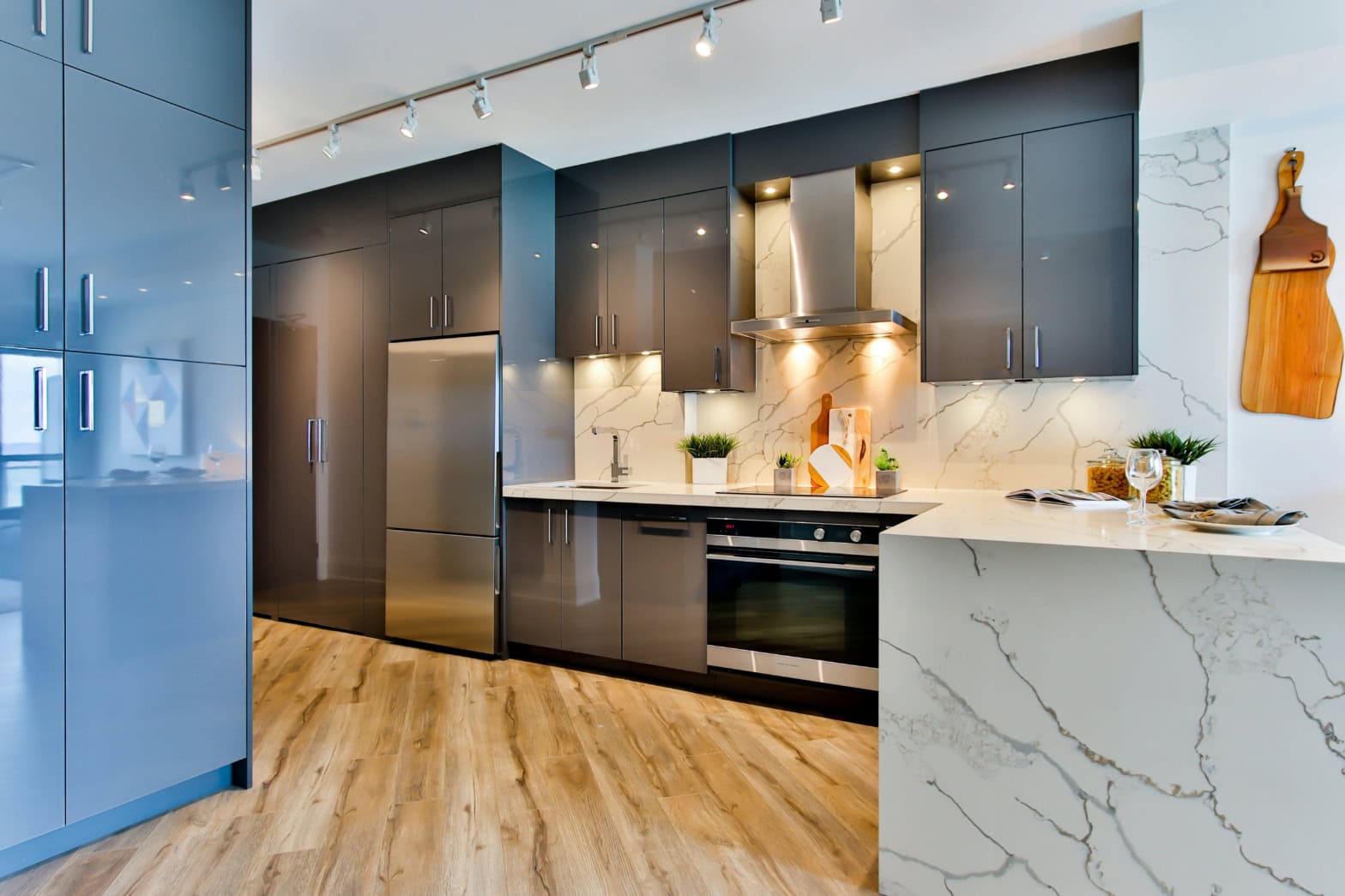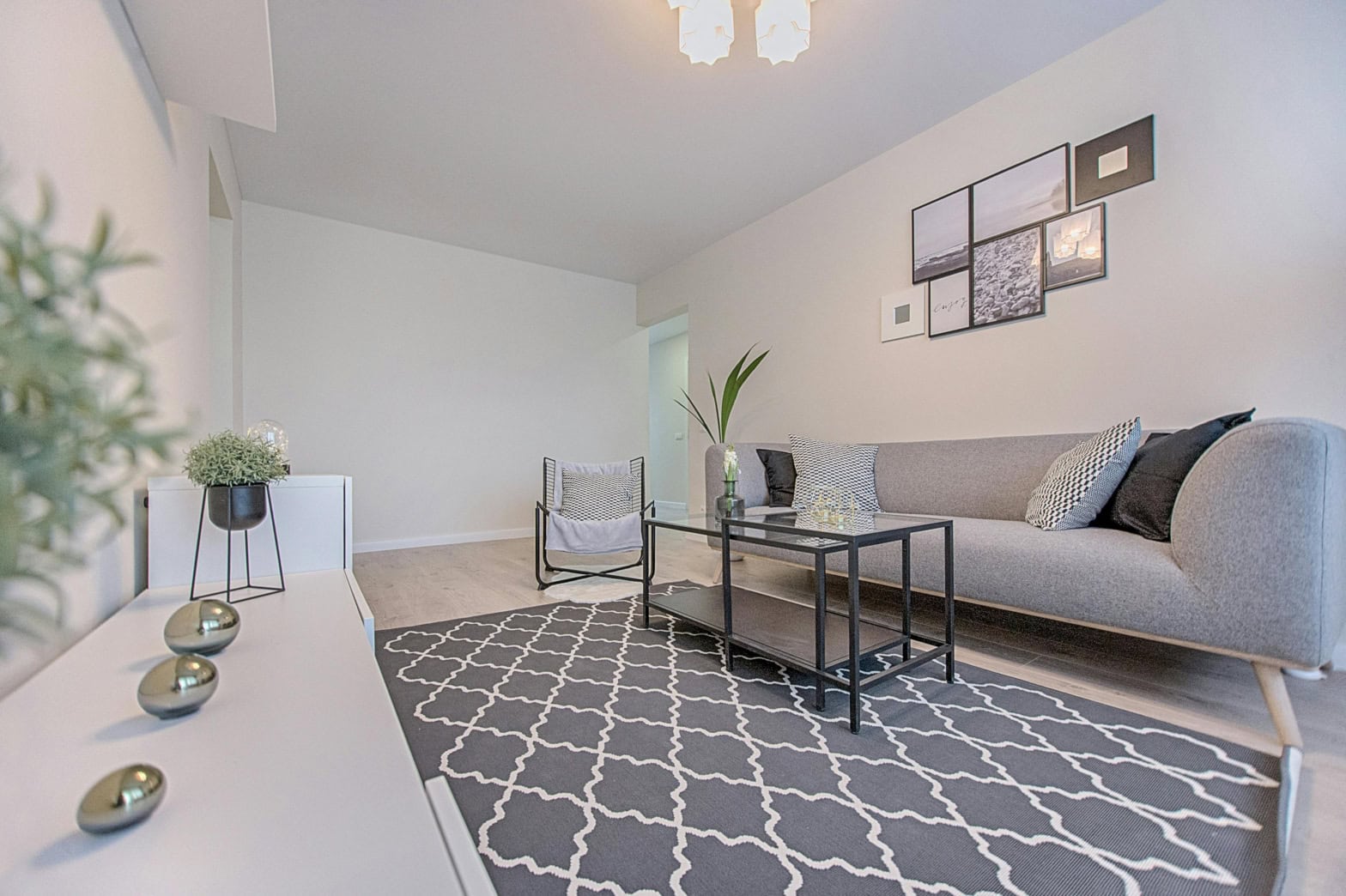Your home is probably the biggest investment you will make in your lifetime. It’s important to understand what mortgage insurance is, how it works and how it can impact your purchasing power so you can make wiser decisions when it comes to your home.
If you have less than 20% for your down payment, you will be required by your lender or bank to get mortgage default insurance. Mortgage default insurance helps Canadian home buyers purchase a home with less than 20%, which allows the lender or bank to protect their loan, in case the buyer defaults on their payments after purchasing. An insured mortgage also allows you to buy a home with as little as 5% down, which is the minimum down payment someone can make on a property.
How does my down payment affect my mortgage rate?
A larger down payment can sometimes result in a lower rate, as lenders see a lower risk level when you have more stake in the property. Mortgage default insurance or CMHC insurance, which raises the total cost of your monthly mortgage loan payment, will typically be required of you by lenders if you are unable to put down a down payment of 20% or more.
As you’re looking through potential interest rates, you might find that a down payment of less than 20% could result in a lower interest rate than one of 20% or more. This is because you will be required to get mortgage insurance, which reduces the risk to your lender.
It’s important to know that a larger down payment can also lead to a higher rate. If your down payment is 20% or more, you do not need to get mortgage default insurance. However, this means the lender then has to pay for your mortgage default insurance premium on their end and they charge for it through a higher rate to offset it. The higher your down payment, the lower the default insurance premium and typically by the time you have 35% down payment or more, your rate would be essentially the same as if you had less than 20% down.
The lender has minimal risk under either scenario (5% down or 20% down) because all of these loans have mortgage default insurance. The only difference is who pays for that premium, which is why rates fluctuate as a result. Ultimately, you should keep in mind the overall cost of a mortgage rather than focusing on just the rate. If you are still unsure of which option is best for you, reach out to your mortgage advisor for help.
What are the pros and cons of getting mortgage insurance?
An upside to getting mortgage insurance can include flexible payment options. Generally, premiums can be paid in a lump sum upfront or blended in with your mortgage loan payments. With mortgage insurance, you can get slightly lower rates compared to non-insured mortgages, but this will depend on your lender. You can also get a standard amortization of 25 years which will allow you to pay off your mortgage sooner.
On the other hand, there are some cons to getting mortgage insurance. Getting insurance will require more time spent in the approval process as your lender will need to seek approval through an insurer after your application has been submitted. This is where the insurer will look at the full application and the property details of the home you have purchased. Another thing to consider is that the purchase price has to be less than $1M as mortgage insurance is not available for purchases beyond this amount. Lastly, there are fees that come with mortgage insurance, which are paid by you, the borrower. Fees are typically added to the mortgage balance to be paid over the term of the loan.
What are the benefits of a 20% down payment?
Lower Mortgage Rates
Mortgage lenders will use your loan-to-value ratio when determining your risk level to them.
Essentially, the smaller your down payment, the higher your LTV ratio will be, which means you might be more of a risk than the lender is unwilling to accept. The lender might also charge a higher interest rate if you choose to go with the lowest acceptable down payment of 5%.
Smaller Mortgage Loan Balance
Making a 20% down payment will let you start your 25-year amortization period with a smaller loan balance. This is beneficial because it lowers your monthly payments, preserves equity in your home, and helps when refinancing your home if you choose to do so.
Reduced Interest Costs
Interest can take up a significant amount of your mortgage payments. A larger down payment can prepare you for an environment of rising rates and potentially save you thousands of dollars over the life of your mortgage. For example, on a $500,000 mortgage you would pay $234,710 in interest over the life of your mortgage if you put down 20%. If you put 5% down, You will pay $289,867 in interest. You can use a mortgage payment calculator to put in your own numbers to see how much your monthly mortgage payments will be and how much interest you will pay.
More Affordable Monthly Payments
A higher down payment will result in lower monthly payments which can reduce the financial strain of having a large mortgage and allow you to manage your monthly mortgage payments in the future.
Easier to Budget Your Money
Having a 20% down payment will reduce your interest costs and overall monthly mortgage payments, which will make it easier to budget your money.
If you are still unsure of how mortgage insurance impacts your borrowing power, speak to your mortgage advisor or use a mortgage payment calculator to help you understand exactly what you can afford. Remember, you’ll also need to get home insurance before you close. You can get competitive rates and discounts on home insurance with Insurely.
 Joey
Joey





